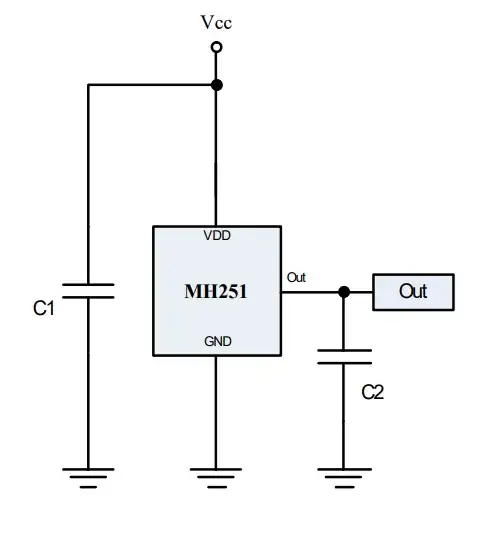The MH251 Hall Effect Switch has a CMOS output, which doesn't need a pull-up resistor. The typical application circuit on the datasheet is as shown:


Since the same design will also be used by other sensors that require pull-up resistors. I am wondering if it is okay to add a pull-up resistor to the output of a CMOS Output sensor. What would be the difference between with and without a pull-up resistor?
